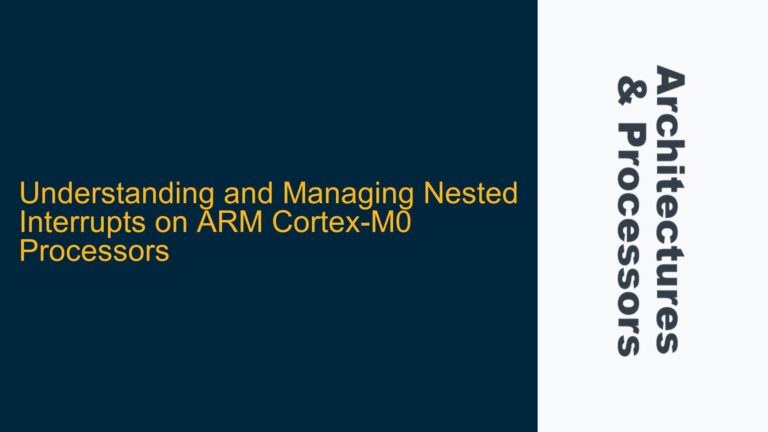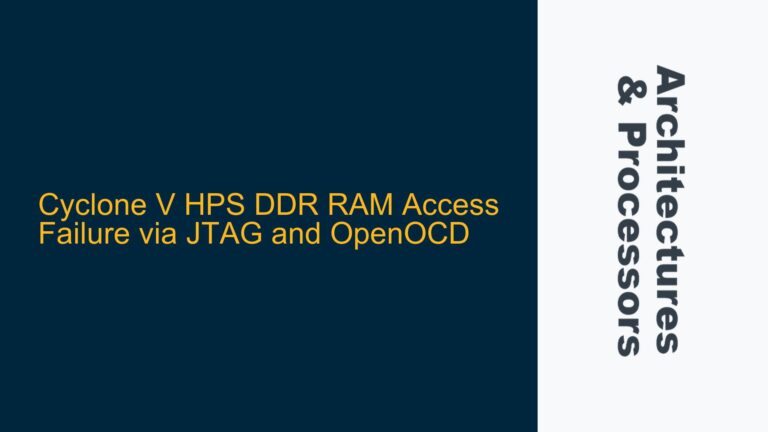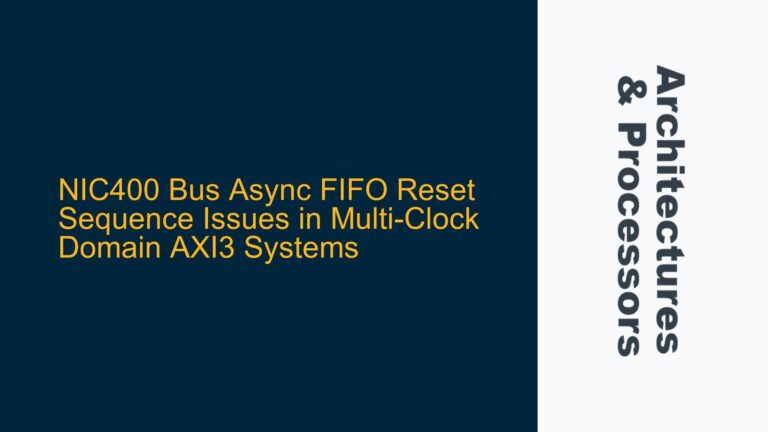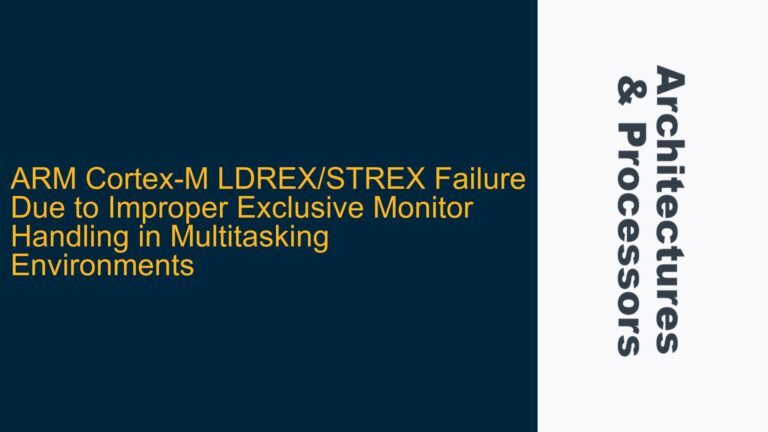ARM RVIC as a Hypervisor Abstraction Layer for GICv2 and Beyond
The Reduced Virtual Interrupt Controller (RVIC) is a software abstraction layer designed to simplify interrupt handling in virtualized environments, particularly when using ARM’s Generic Interrupt Controller (GIC) versions such as GICv2, GICv3, and GICv4. The RVIC specification aims to provide a unified interface for hypervisors, reducing the complexity of directly interacting with the underlying hardware interrupt controllers. This abstraction is particularly beneficial in scenarios where the hypervisor must manage interrupts across multiple guest operating systems, each with its own expectations of interrupt handling behavior.
The RVIC operates by abstracting the hardware-specific details of the GIC, allowing hypervisors to implement a more streamlined and maintainable interrupt handling mechanism. This is achieved through a set of hypervisor calls (HVCs) or secure monitor calls (SMCs) that replace direct register accesses to the GIC. By doing so, the RVIC shifts the burden of interrupt management from the hypervisor to a more controlled and verifiable software layer. This approach is particularly advantageous in security-critical environments where the hypervisor’s codebase must be minimized to reduce the attack surface and facilitate formal verification.
However, the RVIC’s abstraction comes with trade-offs. While it simplifies the hypervisor’s codebase, it may introduce additional overhead in terms of interrupt handling latency. This is because the RVIC relies on software-based mechanisms to manage interrupts, which can be slower than direct hardware access. Additionally, the RVIC’s design does not inherently support nested virtualization, meaning that it may not be suitable for environments where multiple layers of virtualization are required.
Transitioning from GICv2 Virtualization Extensions to RVIC
One of the primary challenges in adopting the RVIC is the transition from existing GICv2 virtualization extensions. In a typical GICv2 setup, the hypervisor leverages the hardware’s virtualization support to handle interrupts directly, minimizing the number of context switches between the guest system and the hypervisor. This approach is efficient but can be complex to implement and maintain, especially when dealing with multiple guest operating systems or security certification requirements.
When transitioning to the RVIC, the hypervisor must abandon the use of GICv2’s virtualization extensions. This means that interrupts can no longer be handled directly by the hardware, and the hypervisor must instead rely on the RVIC’s software-based mechanisms. As a result, the number of guest system-hypervisor-guest system switches may increase, leading to higher interrupt handling overhead. This is particularly noticeable in scenarios where the guest system frequently generates interrupts, as each interrupt must now be routed through the hypervisor.
The increased overhead is a direct consequence of the RVIC’s design philosophy, which prioritizes simplicity and verifiability over raw performance. By moving interrupt handling to a software layer, the RVIC reduces the complexity of the hypervisor’s codebase, making it easier to audit and certify. However, this comes at the cost of increased interrupt latency and potentially reduced overall system performance.
Optimizing RVIC Implementation for Minimal Interrupt Handling Overhead
To mitigate the performance impact of transitioning to the RVIC, several optimization strategies can be employed. First, the hypervisor should be designed to minimize the number of context switches required for interrupt handling. This can be achieved by batching interrupts and processing them in a single hypervisor context switch, rather than handling each interrupt individually. Additionally, the hypervisor should leverage efficient data structures and algorithms to manage interrupt routing and prioritization, reducing the computational overhead associated with software-based interrupt handling.
Another key optimization is to carefully manage the interaction between the RVIC and the underlying GIC hardware. While the RVIC abstracts much of the GIC’s functionality, there may still be opportunities to offload certain tasks to the hardware. For example, the hypervisor could use the GIC’s hardware prioritization and masking features to reduce the number of interrupts that need to be handled by the RVIC. By selectively leveraging the GIC’s capabilities, the hypervisor can achieve a balance between the simplicity of the RVIC and the performance benefits of hardware acceleration.
Finally, the hypervisor should be designed to take advantage of any future enhancements to the RVIC specification. As the RVIC evolves, new features and optimizations may be introduced that further reduce interrupt handling overhead. By staying up-to-date with the latest developments in the RVIC specification, hypervisor developers can ensure that their implementations remain both efficient and compliant with industry standards.
In conclusion, the RVIC represents a significant shift in how interrupts are managed in virtualized ARM environments. While it introduces new challenges in terms of performance and compatibility, it also offers substantial benefits in terms of code simplicity and security. By carefully optimizing their implementations, hypervisor developers can minimize the overhead associated with the RVIC and deliver robust, high-performance virtualized systems.






